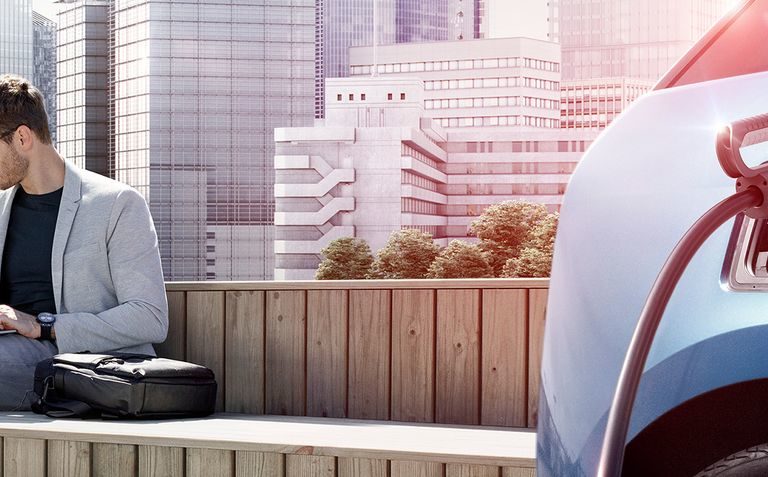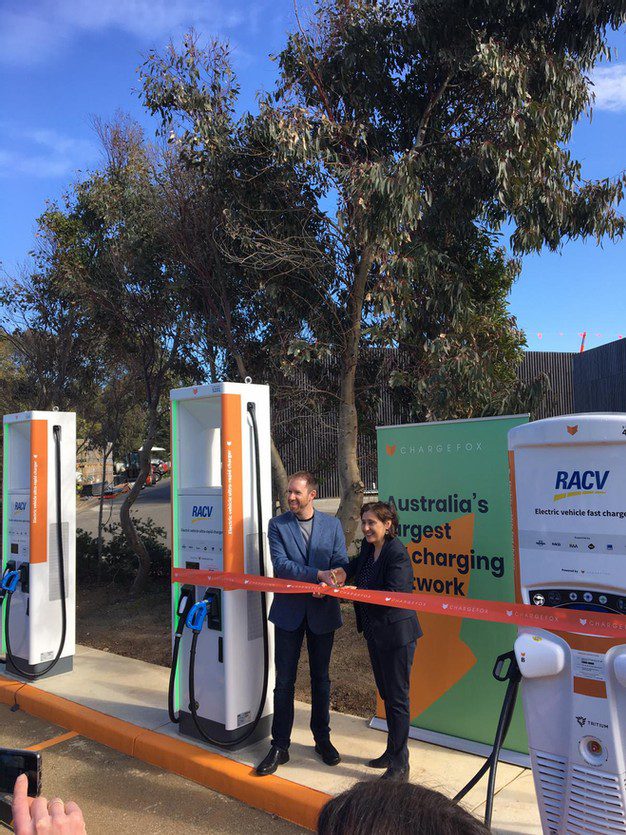MOTORING
EV Vital to Australian Tourism to Relieve ‘Range Anxiety’

WORDS: PHOTOGRAPHY
The launch of the first ultra-fast electric vehicle charging station with liquid-cooled cables on the Great Ocean Road in Victoria should send a strong message to the Australian tourism industry that Australia needs the infrastructure to meet tourist expectations and offer travellers the facilities fast growing in other countries.
Long distance drivers need super rapid charging infrastructure on our highways, to allow us to drive the distances we have in Australia comfortably and feel reassured that we will never run out of charge.
The lack of a robust charging infrastructure is a major concern for most Australians, fueling ‘range anxiety’ – the fear that your EV doesn’t have enough charge to cover your trip or make it to the next charging station.
While Australians see the benefits of EVs – 79 percent feel they have a responsibility to set a good example for future generations – three in four consumers feel there is a lack of public charging infrastructure.
With government support and investment, we could see the infrastructure rolled out in a comprehensive way. As the vehicles become more prevalent on roads down under, the industry will become far more attractive for private players, further speeding up EV adoption.
The process has already begun. Chargefox, which plans to build a government backed network of EV stations connecting major cities in Australia, is collaborating with ABB for several sites.
ABB’s Terra High Power electric-vehicle chargers enabled the launch of Australia’s first liquid cooled charging station in Euroa, Victoria on the Hume Highway, some 160km North East of Melbourne and Barnawartha North, near Albury. The 350kW Terra HP charging stations are the first with liquid-cooled cables to be installed in Australia and can deliver up to 200km of range in 8 minutes, making them the fastest of any charger currently deployed across the country. The Chargefox ultra-rapid network will extend to a total of 21 sites to be launched before 2020.
Australia is rich in natural resources, including lithium and nearly every other material required to build EV batteries. When the EV industry really takes off, it has a real potential to revitalise its workforce and economy.
Most Australians are more open to an EV than they were five years ago, with half saying that electric vehicles are cool and trendy. 75 percent of new car buyers are considering EVs, while 11 percent of motorists have decided to purchase an EV as their next car.
The great advantage of EV is home charging. Nobody can fill up their petrol car at home, but you can charge your electric vehicle at home, while you’re sleeping. This provides you day-to-day, the trips to-and-from work, to-and-from the supermarket, just around town, without any need for additional charging.
The challenge comes when we go on holidays, when we go down the coast, up the mountains, out in the bush. How do we ensure we have enough charge? This is where investment in infrastructure is require on our highways, in our outer-suburbs and in our country towns. We are looking then for fast charging, rapid charging.
Infrastructure, like that launched on the Great Ocean Road, is vital to meeting the needs of Australians and our valuable tourist industry.











